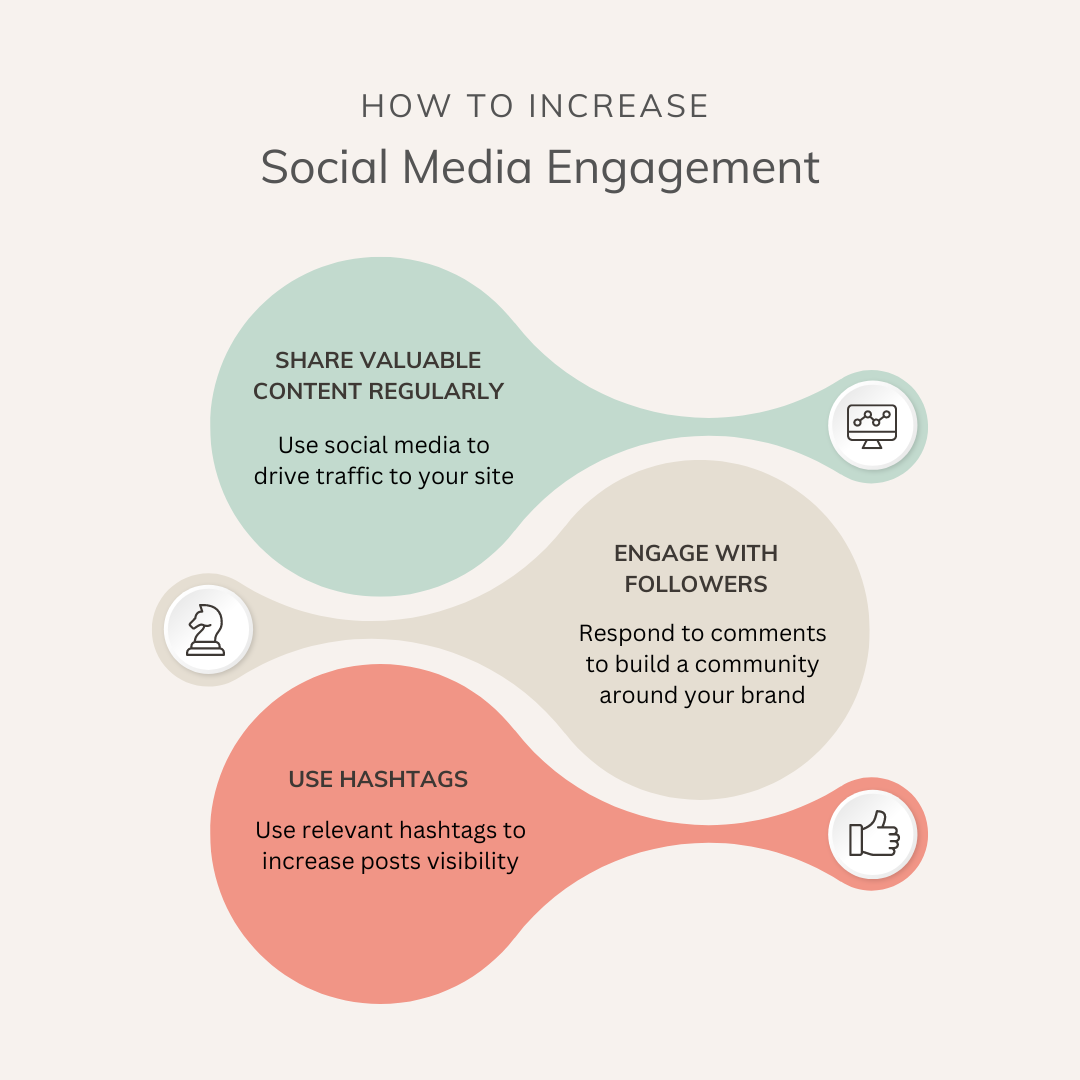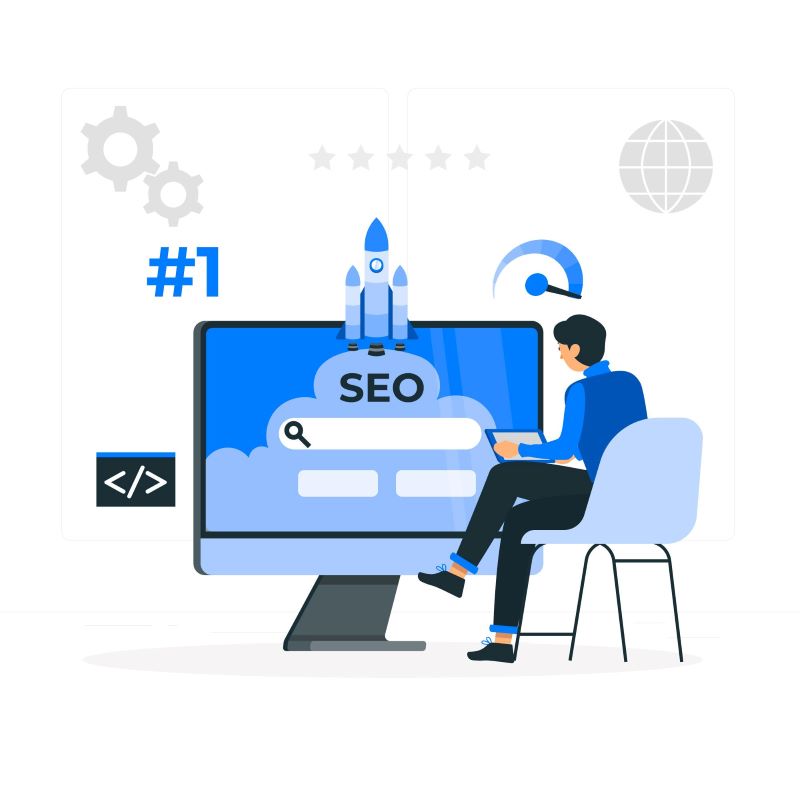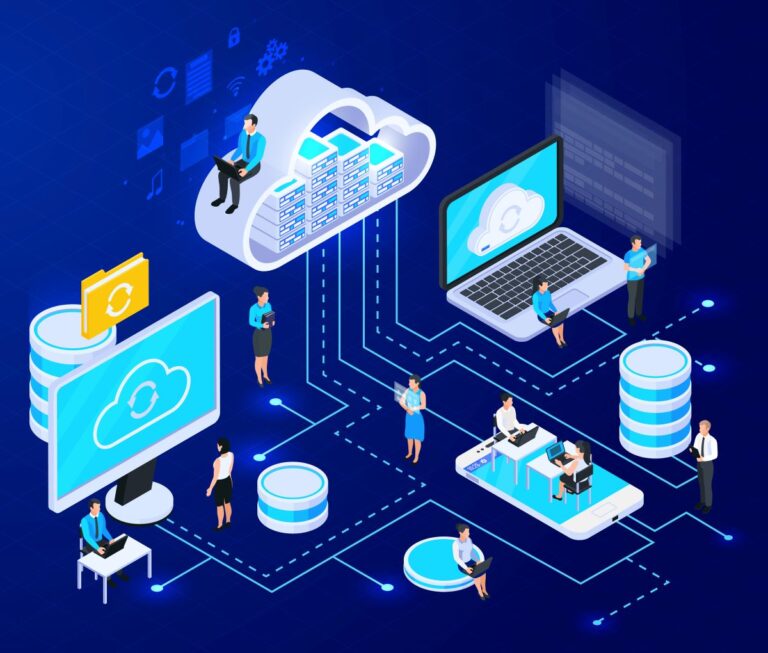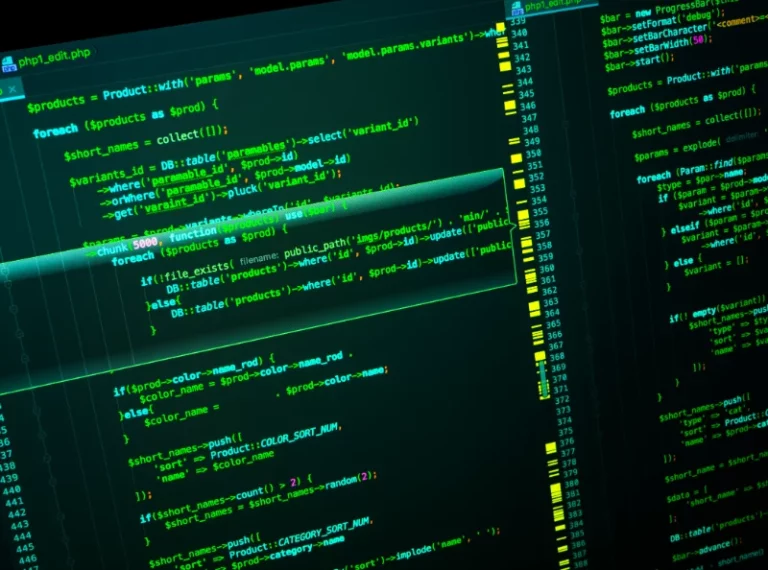In a world where digital presence is more competitive than ever, mastering search engine optimisation (SEO) has become essential for success, not just a choice.
For corporate websites, mastering SEO is essential.
The corporate website serves as the digital face of your organisation, and optimising it ensures that it ranks high on search engine results pages (SERPs), driving more traffic and converting visitors into customers.
This article explores key SEO strategies designed specifically for corporate websites, providing actionable insights to help your site gain a competitive edge.
Understanding the Corporate SEO Landscape
Before diving into the strategies, it is important to understand corporate websites’ unique challenges and opportunities.
Unlike small business websites, corporate sites often deal with a larger scale, more complex structures, and higher stakes.
They also represent established brands that need to maintain consistency across multiple platforms and regions.
Challenges Unique to Corporate Websites
The table below details the different challenges that corporate websites may face.
| Challenge | Description |
| Scale and Complexity | Corporate websites typically feature multiple pages—product listings, blogs, news sections, and resource pages.
Managing SEO across such a vast landscape requires meticulous planning and execution. |
| Content Consistency | Maintaining a consistent brand voice across multiple regions, languages, and platforms is essential for corporations.
Any inconsistency can lead to brand dilution and lower search rankings. |
| Technical SEO | Corporate websites often have intricate technical architectures that need to be optimised for better crawling and indexing by search engines. |
Keyword Research: The Foundation of Corporate SEO
Keyword research is the cornerstone of any successful SEO strategy.
For corporate websites, keyword research is not just about finding keywords that drive traffic. It’s more about identifying high-value keywords that attract the right audience—those who are most likely to convert.
Case Study: TechSolutions, A Hypothetical Software Company
To understand in context, we explore a hypothetical example of a software company called TechSolutions that specialises in project management tools for small to medium-sized businesses.
Here’s how TechSolutions might approach selecting high-value keywords for their corporate website:
Defining Goals and Target Audience
TechSolutions would start by clearly defining their content goals and target audience.
Their primary objectives are to:
- Attract potential customers looking for project management solutions
- Establish thought leadership in the project management space
- Generate leads for their sales team
Their target audience consists of:
- Small Business Owners, Project Managers, and Team Leaders in various industries
Keyword Research Process
Brainstorming Seed Keywords
TechSolutions would begin by brainstorming seed keywords related to their products and services, such as:
- Project management software
- Task tracking tools
- Team collaboration platform
- Small business productivity solutions
Utilising Keyword Research Tools
Using keyword research tools such as Google Keyword Planner, SEMrush, or Ahrefs, TechSolutions would expand its list and analyse metrics such as search volume, competition, and relevance.
Identifying High-Value Keywords
Based on their research, TechSolutions might identify the following high-value keywords based on the following categories:
| Keyword Category | Examples of Keywords |
| Commercial Intent Keywords | Best project management software for small businesses
Affordable team collaboration tools Project management software pricing comparison |
| Long-Tail Keywords | How to improve team productivity with project management software
Remote team collaboration best practices Project tracking software for marketing agencies |
| Product-Specific Keywords | TechSolutions project management features
TechSolutions vs. competitor comparisons TechSolutions free trial |
Implementing Keywords
TechSolutions would then strategically incorporate these keywords into various aspects of their website:
Homepage: Focus on broad, high-volume keywords like “project management software” and “team collaboration platform”
Product Pages: Use specific, product-related keywords such as “task tracking tools” and “TechSolutions project management features”
Blog Posts: Target long-tail keywords and informational queries like “how to improve team productivity” and “remote team collaboration best practices”
Landing Pages: Create dedicated pages for high-intent keywords such as “best project management software for small businesses” and “affordable team collaboration tools”

Ongoing Optimisation
TechSolutions would continuously monitor their keyword performance using analytics tools, adjusting its strategy based on:
- Changes in search trends
- Competitor analysis
- Customer feedback and search behavior
With the keywords in place, the next step is to work out a content strategy relevant to your target audience.
On-Page SEO: Optimising Content for Maximum Impact
#1 Creating High-Quality, Relevant Content
Content is king, especially in the corporate world.
High-quality, relevant content attracts visitors and keeps them engaged, encouraging them to take the desired action.
Keep in mind the following pointers to ensure relevant and quality content:
Content Depth: Aim for comprehensive content that covers topics in depth. This is especially important for corporate websites, where the audience is often looking for detailed information.
Regular Updates: Keep your content fresh by regularly updating it. This not only provides value to your audience but also signals to search engines that your site is active.
User Intent: Understand the intent behind the keywords you’re targeting. Is the user looking for information, looking to make a purchase, or something else? Tailor your content accordingly.
#2 Optimising Images and Videos
Visual content is a crucial component of corporate websites.
However, without proper optimisation, images and videos can slow down your site and negatively impact SEO.
How to optimise visuals:
Alt Text: Always use descriptive alt text for images. This not only helps with accessibility but also provides another opportunity to include keywords.
File Names: Name your image and video files with descriptive, keyword-rich names before uploading them to your site.
Compression: Use tools like TinyPNG or ImageOptim to compress your images without losing quality. This ensures faster load times.
Read, How to Craft Exceptional SEO Content: 7 Easy Writing Tips
Technical SEO: The Backbone of Corporate SEO
# 1 Optimising Site Speed

Site speed is a critical ranking factor.
A slow website can lead to higher bounce rates and lower rankings.
#2 Mobile Optimisation
With the increasing use of mobile devices, having a mobile-friendly website is no longer optional.
Responsive Design: Ensure that your website is fully responsive and offers a seamless experience across all devices.
Mobile-Friendly Content: Optimise content for mobile by using shorter paragraphs, bullet points, and larger fonts.
Mobile Page Speed: Use Google’s Mobile-Friendly Test Tool to check your site’s mobile performance and make necessary adjustments.
#3 Secure Your Website with HTTPS
Security is paramount, especially for corporate websites that handle sensitive information.
HTTPS secures your site and serves as a ranking signal for search engines.
SSL Certificate: Install an SSL certificate to secure your site with HTTPS. This encrypts data between your site and its visitors, protecting sensitive information.
Regular Audits: Conduct regular security audits to ensure that your site remains secure and compliant with industry standards.
Off-Page SEO: Building Authority and Trust
#1 Building High-Quality Backlinks
Backlinks remain one of the most important ranking factors. However, not all backlinks are created equal.
Here are some pointers on how to build high-quality backlinks from reputable sources.
- Guest Blogging: Contribute articles to industry-related blogs and include a link back to your site. You not only receive a backlink but also establish your brand as an authority in the field at the same time.
- Press Releases: Distribute press releases about significant company news. This can lead to mentions and backlinks from reputable news outlets.
- Partnerships: Form partnerships with other companies in your industry. This can lead to mutual backlink opportunities.
#2 Social Media Engagement

Social media may not be a direct ranking factor, but it can influence your SEO indirectly by driving traffic and increasing brand awareness.
Monitoring and Continuous Improvement
SEO is an ongoing process instead of a one-off task.
Regularly monitor your site’s performance and make adjustments accordingly through the following ways.
#1 Analytics and Reporting
- Google Analytics: Use Google Analytics to track your site’s performance. Pay attention to metrics like bounce rate, average session duration, and conversion rates.
- Google Search Console: Google Search Console provides valuable insights into how your site is performing in search results. Use it to identify and fix issues that may be affecting your rankings.
- Regular Audits: Conduct regular SEO audits to identify areas for improvement. This includes checking for broken links, optimising underperforming content, and ensuring that your site is mobile-friendly.
#2 Adapting to Algorithm Changes
Over the last decade, countless Google algorithm updates have been introduced. Some of these changes have changed the SEO scene forever.
- Stay Updated: Follow industry blogs and Google’s official announcements to stay informed about algorithm updates.
- Test and Learn: Experiment with different SEO strategies and measure their impact. What works today may not work tomorrow, so be prepared to adapt and adjust your SEO strategy.
Take the Next Step: Elevate Your Corporate SEO Strategy with Websparks
If you’re seeking professional help in SEO strategy for your corporate website, look no further than Websparks.
As a leading digital solutions company, we tailor our digital marketing services to meet our clients’ unique needs.
Visit our website to discover how we can support your SEO goals today and drive your online success today.





